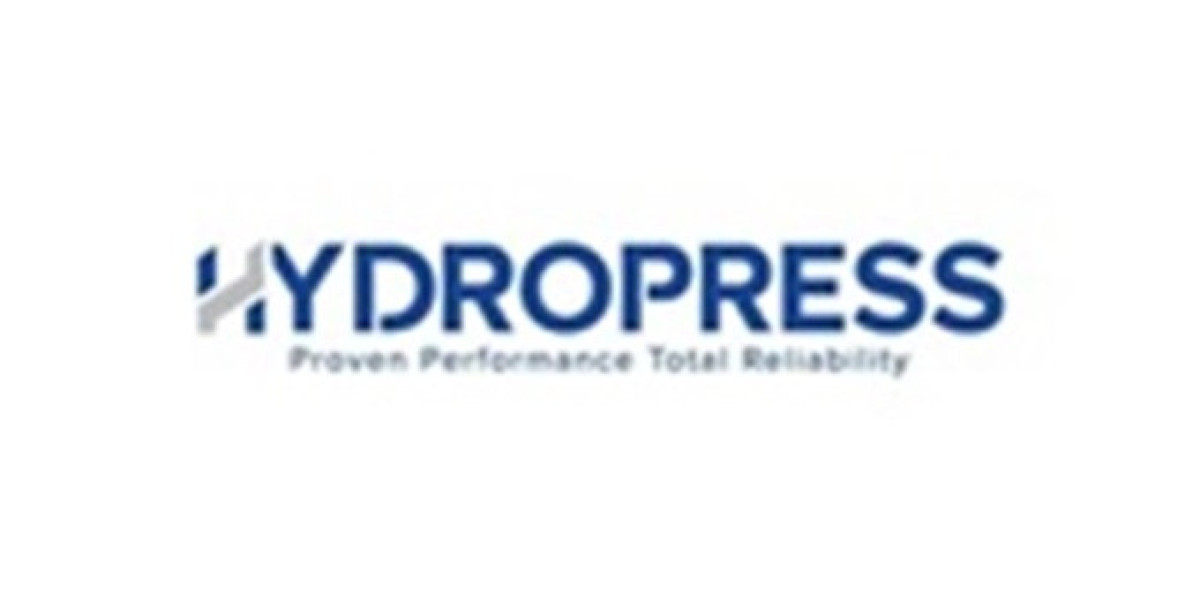I. Introduction to GMP Certification
What is GMP?
Good Manufacturing Practices (GMP) refer to a system of regulations, guidelines, and practices required to ensure the consistent production and control of products, including food, pharmaceuticals, cosmetics, and medical devices. GMP standards focus on maintaining high levels of quality, hygiene, and safety throughout the manufacturing process.
The Purpose of GMP Certification
GMP certification ensures that products meet consistent quality standards, reducing risks associated with contamination, errors, and non-compliance. It’s a regulatory requirement in many countries and is globally recognized as a mark of high manufacturing standards.
Global Significance
GMP is mandatory for industries regulated by agencies such as the U.S. Food and Drug Administration (FDA), the European Medicines Agency (EMA), and the World Health Organization (WHO). Adopting GMP practices not only ensures compliance with local regulations but also facilitates market access in international trade.
II. Key Principles of GMP
1. Hygiene and Cleanliness
One of the core principles of GMP is maintaining a clean and hygienic environment. Facilities, equipment, and personnel must meet strict cleanliness standards to prevent contamination during production.
2. Standard Operating Procedures (SOPs)
GMP requires the creation and strict adherence to SOPs for all production processes. These detailed instructions ensure consistency and minimize errors.
3. Quality Control
Every batch of a product must undergo rigorous testing to verify that it meets predefined quality specifications. GMP emphasizes the role of quality control throughout the production lifecycle.
4. Personnel Training
Employees must be adequately trained in GMP principles and their specific roles. This ensures that everyone involved in production understands the importance of following protocols.
5. Traceability and Record-Keeping
GMP requires comprehensive documentation of every step in the manufacturing process. This helps ensure traceability, making it possible to identify and address issues if problems arise.
III. Benefits of GMP Certification
1. Improved Product Quality
GMP certification ensures that products consistently meet high-quality standards, reducing the risk of defects and recalls.
2. Enhanced Consumer Trust
Consumers are more likely to trust products from manufacturers with GMP certification. This trust translates into stronger brand loyalty and market reputation.
3. Regulatory Compliance
Obtaining GMP certification demonstrates compliance with regulatory requirements, reducing the likelihood of penalties or shutdowns.
4. Access to International Markets
GMP certification is often a prerequisite for exporting products to global markets, especially in industries like pharmaceuticals and food production.
5. Cost Savings
While implementing GMP may require an initial investment, it leads to long-term cost savings by reducing waste, recalls, and legal issues.
IV. Industries Requiring GMP Certification
1. Pharmaceutical Industry
Pharmaceutical manufacturers are among the primary adopters of GMP standards. Certification ensures the safety, efficacy, and quality of medicines, protecting public health.
2. Food and Beverage Industry
In food production, GMP certification minimizes risks related to contamination, allergens, and spoilage. It is often paired with other certifications like HACCP or ISO 22000.
3. Cosmetics Industry
GMP helps cosmetic manufacturers ensure that products are safe for use, free from harmful contaminants, and meet labeling requirements.
4. Medical Device Manufacturing
Medical device manufacturers use GMP to ensure their products meet safety and performance standards, reducing the risk of malfunctions or harm to patients.
V. Steps to Obtain GMP Certification
1. Conduct a Gap Analysis
Begin by comparing current manufacturing practices with GMP requirements. This identifies areas needing improvement.
2. Develop and Implement GMP Practices
Establish SOPs, train staff, upgrade facilities, and implement quality control measures to align with GMP standards.
3. Perform Internal Audits
Regular internal audits help assess the effectiveness of GMP implementation and identify any remaining gaps.
4. Apply for Certification
Choose an accredited certification body and undergo a comprehensive audit. This involves reviewing documentation and on-site inspections to ensure compliance.
5. Maintain Certification
GMP certification is an ongoing process. Regular inspections and audits ensure that standards are consistently met and maintained.
VI. Challenges in GMP Implementation
1. High Initial Costs
Implementing GMP standards often involves significant investment in training, equipment upgrades, and facility improvements.
2. Resistance to Change
Employees and management may resist changes, especially if new protocols are perceived as burdensome. Clear communication and training can help address this.
3. Ongoing Maintenance
Maintaining GMP certification requires continuous monitoring, regular audits, and adapting to updated regulations, which can be resource-intensive.
4. Complexity for Small Businesses
Small and medium enterprises (SMEs) may find it challenging to allocate the resources needed for GMP compliance. However, the long-term benefits often outweigh the initial difficulties.
VII. GMP Certification and Global Trade
Importance in International Markets
GMP certification is often a requirement for exporting products to regulated markets such as the U.S., EU, and Japan. It assures importers and regulators that products meet safety and quality standards.
Harmonization with Other Standards
GMP often complements other certifications like ISO 9001 or HACCP. Achieving multiple certifications can enhance a company’s competitive edge.
Promoting Consumer Safety Worldwide
By adhering to GMP, manufacturers contribute to global efforts to protect consumers from substandard or unsafe products.
VIII. Conclusion
A Commitment to Excellence
GMP certification is more than a regulatory requirement—it’s a commitment to producing high-quality, safe, and reliable products. Organizations that achieve GMP certification demonstrate their dedication to customer safety, operational excellence, and global competitiveness.
Looking Ahead
In an increasingly globalized market, GMP certification is essential for companies looking to expand internationally. As consumer awareness of product quality grows, GMP-certified companies are well-positioned to thrive.








